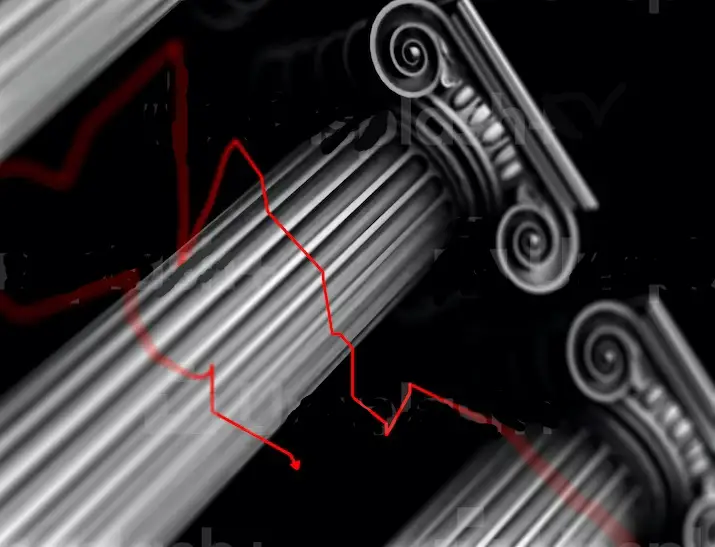In a Twitter post on Tuesday, Elon Musk proposed that the only way to keep panicked depositors from pulling their money out of US banks would be to do away with the $250,000 limit on FDIC deposit insurance. According to the Tesla CEO, that is the only solution available to solve the present banking crisis.
Musk wrote, “Absolutely required to stop bank runs.”
As he was making that recommendation, media reports indicated that US officials are presently looking at ways to temporarily increase the present limit on deposit insurance which would not require congressional approval.
The sudden collapse of Silicon Valley Bank earlier in the month touched off the present banking crisis, calling attention to the prior liquidation of crypto-focused lender Silvergate, and focusing attention on the subsequent failure of Signature Bank, as well as the need for Swiss global lending titan Credit Suisse to be merged with UBS due to its own vulnerabilities.
At Silicon Valley Bank, over 92% of the deposits were reportedly uninsured. That led to massive outflows deposits from the tech-based startups and companies which used the bank, as word spread the bank was having liquidity issues. Regulators grew alarmed at the state of the bank and subsequently seized it.
Since then panicked depositors have withdrawn tens of billions from smaller regional lenders, moving those deposits to larger banks which are perceived as either more secure or more likely to be bailed out by the government in the event of any problems developing.
For his part, Musk first proposed increasing the coverage on deposits last week, when he tweeted, “FDIC needs to change to unlimited coverage to stop bank runs… Right now,” on March 18.
So far the United States government has publicly guaranteed the deposits of all depositors at Silicon Valley Bank and Signature Bank. However a recent study indicates there are almost 200 additional US banks confronting similar risks. The pool of funds financed by FDIC insurance payments, designed to guarantee deposits of up to $250,000, which has just been used to guaranteed all deposits in those two lenders, will quickly run out of funds if the program is extended to all deposits in all US banks, potentially leaving later-failing banks without any insurance on any deposits.
Many banks, like Silicon Valley Bank, invested heavily in US government bonds when interest rates were near-zero. As the Federal Reserve has increased interest rates, the value of those low-yielding bonds has declined, meaning the banks now have paper losses on those assets which become realized when depositors attempt to withdraw their funds, and banks are forced to liquidate their assets.
Since the failures of Silicon Valley Bank, and Signature Bank, many other lenders have watched their stocks plummet, as the six largest Wall Street banks lost roughly $165 billion in market capitalization, marking a 13% reduction in their overall combined value.
In response, credit ratings agency Moody’s last week downgraded the US banking sector’s outlook from “stable” to “negative” citing a “rapidly deteriorating operating environment.”


